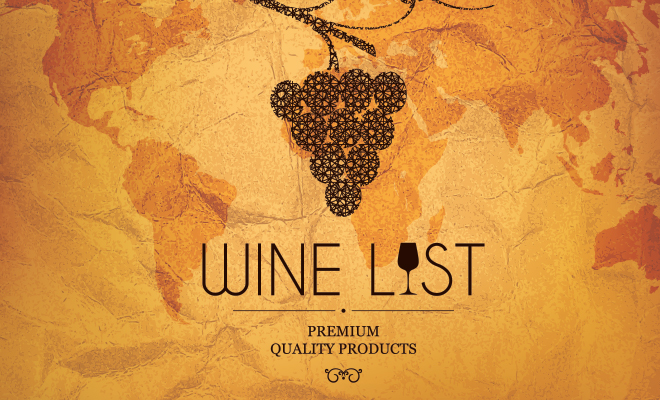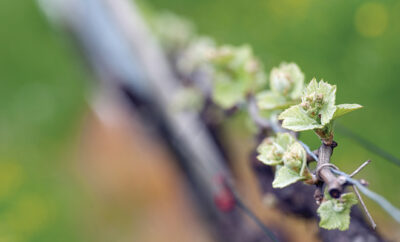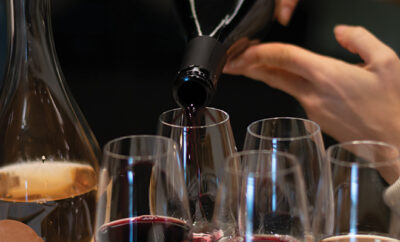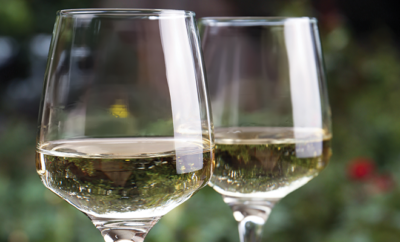
Restaurant Wine List Survival
You’ve waited all week to try the newest bistro in town and you’re looking forward to your wine and food experience. As you’re seated, the questions begin: Would you like water? Any appetizers while you peruse our menu? Would you like to know our specials? So many decisions!
Before your arrival you may have learned what type of cuisine is featured at this restaurant, and that could provide hints to the wine offerings. Spanish restaurants may carry Albariño or Malbec wines; Dolcetto or Chianti may be on the wine list at Italian restaurants. Wine that complements the region of food is one of the easiest ways to select a wine winner.
By the glass or the bottle, the array of selections on the wine list can seem like you’re required to make huge decisions. Is it better to select a glass for $8 or do you commit to the entire $28 bottle serving four to six? This often takes place before you’ve selected your entrée, let alone the appetizer. Navigating the wine list can be daunting even for most experienced wine lovers. Asking your server about special wine flights or wine pairings is one way to get started, as well as asking them what their current favorite might be. This brings your server into your wine and food experience as a tour guide for your evening.
Bubbles, Whites, Reds, Blends, Beers, Cocktails
Most wine lists appear in this order. Wines in each category appear by vintage, varietal, and then wine region or appellation. Bubbles, sparkling wines or champagnes usually appear first, as the restaurant likely has only a few selections. Additionally, sparkling wines are a great palate cleanser and excellent pairing with most appetizers or small plates.
Interesting First Impressions
As you review the left side of the wine list, keep in mind where your favorites generally come from and you’ll minimize surprises. Example, California’s Lodi Zinfandel has an award-winning profile of a dark spicy fruit-forward wine, whereas Italian Zinfandel (not Primitivo) may be a more dry and lighter version of the same winegrape. If you begin with what you know, the wine selection process is a bit easier. For example, since award-winning Pinot Noir requires cool cozy fog and warm daytime temperatures with loamy soil, you would not likely select a Pinot Noir from Colorado.
Wine grapes thrive in their ideal settings. Some varietals that are food friendly overall, such as Zinfandel, Shiraz and Sauvignon Blanc, grow in several regions throughout the world. Referencing the classic varietals and their favorite growing conditions can help you select wines you haven’t yet tried. This is part of the adventure in wine, sampling wines by the glass you might not ordinarily purchase untasted at your retailer. What a great way to try new varietals, new winemakers or both!
Wallet Palate
When you choose a wine only for the price point on the right side of the menu, you’re likely to enjoy your selection if you keep some principles in mind. This applies to the bottle price also.
A bottle of wine may be $18 to $100 at the restaurant; why is this? The restaurant may have wine distributors that bring select labels; the owner may purchase case volume directly from a winery. Many costs factor into the price of that wine. Generally, restaurant bottle pricing is at least double or triple the hard cost and wine bottles may net four to six servings. Maximizing each pour is essential. Once a bottle is opened, wine interacts with oxygen and changes by the minute. The per-glass price is set to cover the restaurant’s costs of the wine bottle in case it needs to be discarded. The owner ultimately wants to sell the bottle to reduce this chance of spoilage and the need to properly store opened wine bottles. For this reason, sparkling wines are usually sold in splits rather than the bottle; once a sparkling wine has been opened, the rate of losing its effervescence increases.
BYO Favorite
Take your own select bottle, although corkage fees may be charged. Restaurants invest in specific licenses to permit alcohol for their guests’ enjoyment. Alcoholic Beverage Control grants these licenses specific to a state and county. Restaurant staff will usually open and serve your bottle of wine for a reasonable fee. Offer the owner a taste of the wine you brought or perhaps share why this particular bottle of wine has a fun story or special memory. If the restaurant waives your corkage fee, by all means add the fee to the tip instead. It’s great wine karma! HLM
Source: abc.ca.gov.







